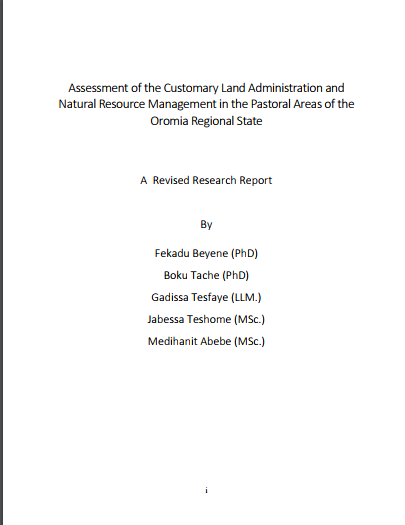‘Better-practice’ Concessions? Some Lessons from Cambodia’s Leopard Skin Landscape
This article focuses on two cases where companies have sought to develop more socially benign––and, they believe, more profitable and sustainable––plantation concessions in a context that is still marred by extensive land conflict. The first is the Mong Reththy Investment Cambodia Oil Palm (MRICOP) Company (Preah Sihanouk province); the second is the Grandis Timber Company (Kampong Speu province).








